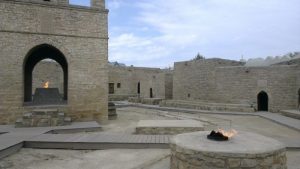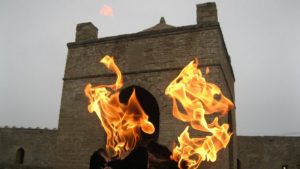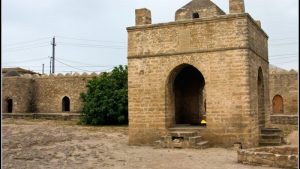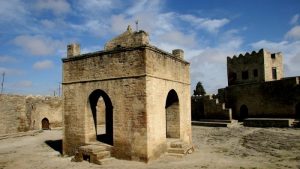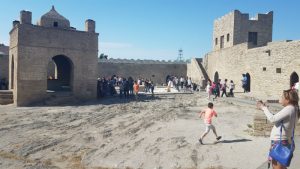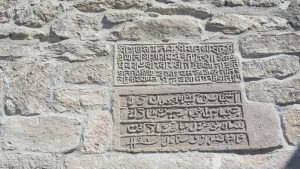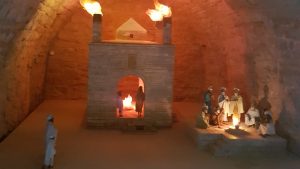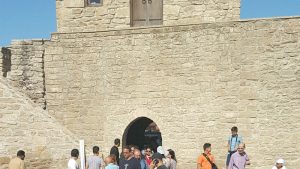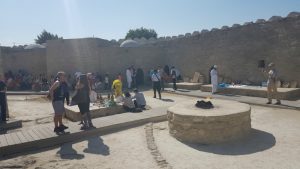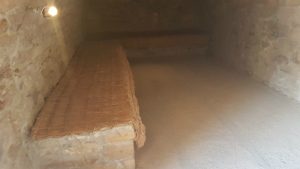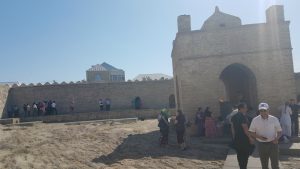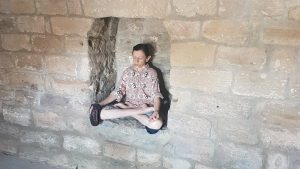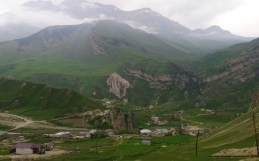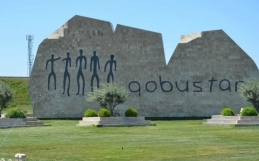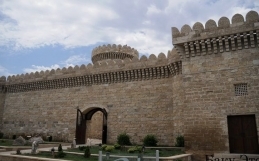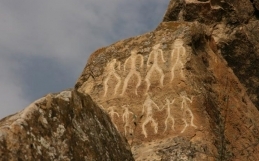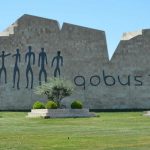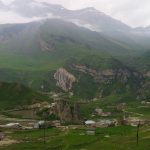DETAILS
Duration: 9-10 hours
Itinerary: Baku – Gobustan – Ateshgah – Baku
Pick-up & Drop-off: your hotel (within Baku)
Category: exclusive tour for the group
Language: English
PRICES & BOOKING
Prices (per person in USD):
| 1 pax. | 2 pax. | 3 pax. | 4 pax. | 5 pax. | 6 pax. | 7 & more pax. | |
| Tour with guide | 160 | 80 | 60 | 45 | 40 | 35 | upon request |
| Tour without guide | 80 | 45 | 40 | 30 | 25 | 20 | upon request |
| VIP** | upon request |
*VIP package – Our company will provide you with the wide range of luxury cars (Mercedes S class, E class, V class and etc.)
INCLUSIONS
-
- Pick-up & Drop-off at your hotel (inside Baku)
- Personal English speaking guide (other languages on request)
- Personal Driver & air-conditioned vehicle
EXCLUSIONS
-
- Entrance fees
- Food and drinks
- Insurance
DESCRIPTION
Ateshgah Temple – is one of the places that come in the first page of not only Azerbaijan history, but also world history. It’s located 30 km from the center of Baku in the suburb of Surakhany. This territory is such unique natural phenomenon as burning natural gas outlets (underground gas coming onto surface contacts oxygen and lights up). The name “Ateshgah” comes from Persian language and means “home of fire”. Based on Persian and Indian inscriptions the temple was used as a Hindu, Sikh and Zoroastrian place of worship. The temple in its present state was constructed in the 17th-18th centuries. It was built by the Baku-based Hindu community related to Sikhs. However, the history of the Temple is even longer. From times immemorial this was the holy place of Zoroastrians- fire worshippers. After the introduction of Islam Zoroastrian temple was destroyed. Many Zoroastrians left to India and there continued their worship. But in the 15th -17th centuries the Hindus-fire worshippers who came to Absheron with trading caravans began to make pilgrimages to Surakhany. The Indian merchants started erection of the temple. The earliest temple part is dated 1713. The latest – the central temple-altar was built with the support of merchant Kanchangar in 1810. During the 18th century chapels, cells, a caravanserai were added to the central part of the temple. The complex was turned into a museum in 1975.
Museum of Petroglyphsis (outdoor museum) – Gobustan or as it’s called Outdoor Museum of Petroglyphsis is located approximately 65 km from Baku. Prehistoric rock drawings – petroglyphs – are an art “archive” of the human evolution on Earth. The “articles” of such archives are the first transmissions from the human “I” to the outer world. Gobustan Rock Art Cultural Landscape covers three areas of a plateau of rocky boulders rising out of the semi-desert of central Azerbaijan, with an outstanding collection of more than 6,000 rock engravings bearing testimony to 40,000 years of rock art. The site also features the remains of inhabited caves, settlements and burials, all reflecting an intensive human use by the inhabitants of the area during the wet period that followed the last Ice Age, from the Upper Paleolithic to the Middle Ages. The site, which covers an area of 537 ha, is part of the larger protected Gobustan Reservation.

